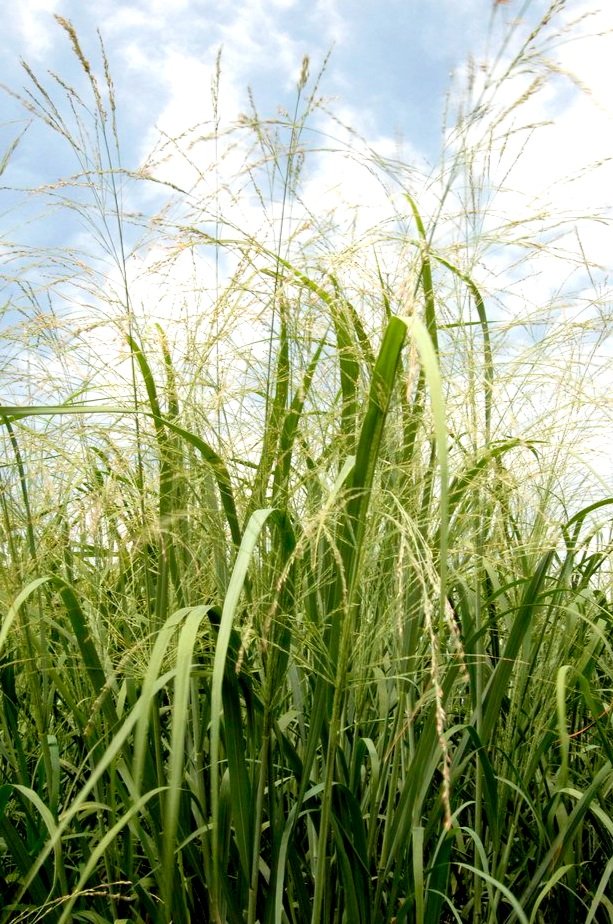Little Bluestem - Schizachyrium scoparium
Schizachyrium scoparium, or Little Bluestem, displays a graceful, upright form with fine, bluish-green leaves that transition to striking shades of reddish-bronze in autumn. Its feathery seed heads add a delicate texture and visual interest. Historically, this grass was vital to prairie ecosystems, providing forage and habitat, but direct human use records are limited. In garden and prairie plantings, Little Bluestem excels as a matrix plant, creating airy drifts and adding seasonal color changes. Its adaptability and low-maintenance nature make it ideal for naturalizing dry, sunny areas, contributing to soil stabilization, and providing habitat for wildlife. It lends a natural, wild aesthetic to landscapes.
Sun Exposure: Full
Soil Moisture: Medium-Dry, Dry
Bloom time: Late Summer, Early Fall (inconspicuous)
Height: 2-4ft
Wetland Status: UPL
Host Plant: Various skipper butterflies and some moth species utilize Little Bluestem as a host plant. It is a vital component of grassland ecosystems, therefore it supports many different insect species.
Schizachyrium scoparium, or Little Bluestem, displays a graceful, upright form with fine, bluish-green leaves that transition to striking shades of reddish-bronze in autumn. Its feathery seed heads add a delicate texture and visual interest. Historically, this grass was vital to prairie ecosystems, providing forage and habitat, but direct human use records are limited. In garden and prairie plantings, Little Bluestem excels as a matrix plant, creating airy drifts and adding seasonal color changes. Its adaptability and low-maintenance nature make it ideal for naturalizing dry, sunny areas, contributing to soil stabilization, and providing habitat for wildlife. It lends a natural, wild aesthetic to landscapes.
Sun Exposure: Full
Soil Moisture: Medium-Dry, Dry
Bloom time: Late Summer, Early Fall (inconspicuous)
Height: 2-4ft
Wetland Status: UPL
Host Plant: Various skipper butterflies and some moth species utilize Little Bluestem as a host plant. It is a vital component of grassland ecosystems, therefore it supports many different insect species.
Schizachyrium scoparium, or Little Bluestem, displays a graceful, upright form with fine, bluish-green leaves that transition to striking shades of reddish-bronze in autumn. Its feathery seed heads add a delicate texture and visual interest. Historically, this grass was vital to prairie ecosystems, providing forage and habitat, but direct human use records are limited. In garden and prairie plantings, Little Bluestem excels as a matrix plant, creating airy drifts and adding seasonal color changes. Its adaptability and low-maintenance nature make it ideal for naturalizing dry, sunny areas, contributing to soil stabilization, and providing habitat for wildlife. It lends a natural, wild aesthetic to landscapes.
Sun Exposure: Full
Soil Moisture: Medium-Dry, Dry
Bloom time: Late Summer, Early Fall (inconspicuous)
Height: 2-4ft
Wetland Status: UPL
Host Plant: Various skipper butterflies and some moth species utilize Little Bluestem as a host plant. It is a vital component of grassland ecosystems, therefore it supports many different insect species.



















